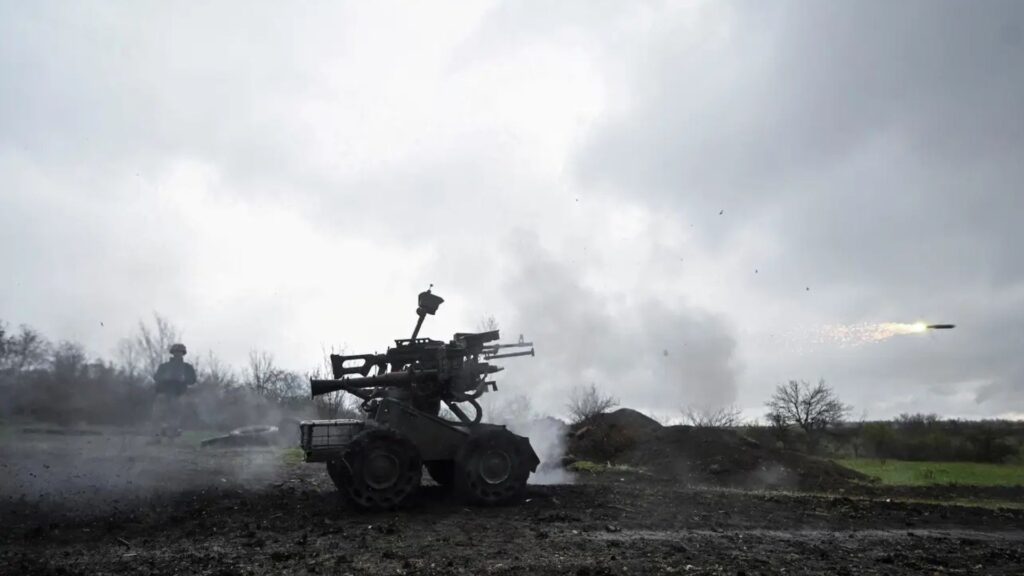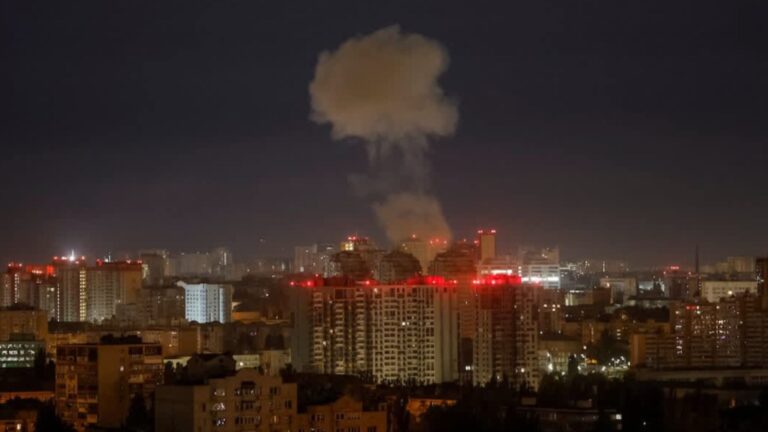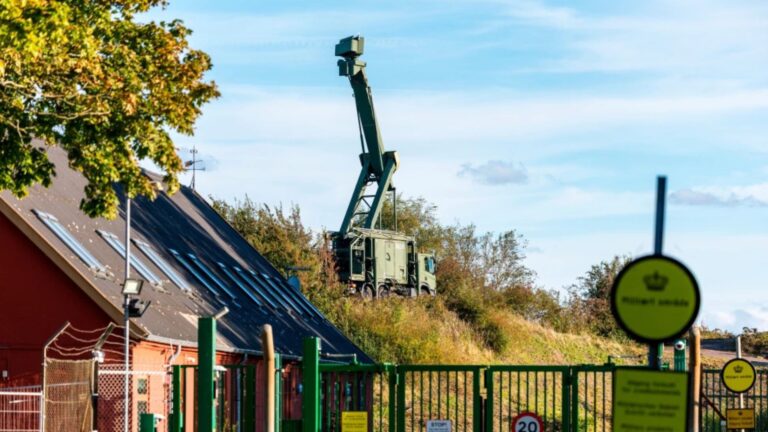
As Ukraine’s war against Russia enters its fourth year, Ukrainian forces are increasingly relying on remote-controlled robotic vehicles to mitigate battlefield dangers and acute manpower shortages. Dubbed “robots on wheels,” these machines perform critical combat support roles—from mine clearance to casualty evacuation—highlighting a rapid tactical evolution driven by the country’s pressing personnel crisis.
Rise of the Robotic Brigade
Operating from improvised command centers, Ukrainian soldiers control a fleet of ground robots that resemble miniature tanks, painted in camouflage and mounted on tracks or heavy-duty wheels. In a cramped basement near Kostiantynivka, call-sign operators “Miami” and “Akim” of the 20th Lyubart Brigade coordinate supply missions, mine-clearance operations, and casualty extractions via video links and encrypted communications. “Every time a drone or a robot does something, it means one of our fighters doesn’t have to,” Akim told reporters, underscoring the life-saving potential of these systems (The Independent).
These robotic platforms range in price from US$1,000 for basic supply carriers to $64,000 for sophisticated multi-role vehicles equipped with manipulator arms and infrared sensors. Primarily manufactured by Ukrainian private firms, the robots ferry ammunition, water, and medical supplies to frontline drone operators or clear minefields ahead of human troops. In one documented mission, a robot loaded with 200 kilograms of ammunition, fuel, food, and water traversed several kilometers under cover of darkness to resupply a forward observation post (ABC News).
A Manpower Shortfall Spurs Innovation
Ukraine faces a deepening manpower crisis. Defense Ministry figures indicate some brigades are at only 30% strength, hampering offensive and defensive operations. Meanwhile, the Prosecutor General’s Office reports more than 250,000 desertions since the war’s onset, with approximately 576 soldiers deserting daily in recent months. To counter attrition, the military plans to deploy 15,000 combat robots by the end of 2025—a dramatic scale-up from previous years when fewer than 1,000 units were operational. Contract spending on robotic systems surged from $2.5 million in late 2024 to $150 million in Q1 2025, reflecting the urgent demand for unmanned support platforms (United24 Media).
“Robots cannot fully replace people,” said Miami, speaking on condition of anonymity. “But when the danger is too high for soldiers, robots step in.”
Battlefield Roles and Tactical Advantages
Combat robots fulfill multiple functions:
- Logistics and Resupply: Autonomous or remotely piloted vehicles transport heavy loads over rough terrain, reducing exposure of supply convoys to artillery and drone strikes.
- Mine and IED Clearance: Robots equipped with mine-detection rollers and mechanical flails clear obstacles in pre-planned lanes, enabling safer infantry advances.
- Casualty Evacuation: Ground robots retrieve wounded or fallen soldiers from contested zones, though communication disruptions can strand vehicles and limit response reliability.
- Reconnaissance and Surveillance: Fitted with cameras and sensors, some models scout ahead of patrols, transmitting real-time imagery to command centers and drone operators.
Their deployment has proven particularly valuable for casualty evacuation. Ukraine’s forces report that wounded soldiers sometimes wait weeks for extraction; robots can retrieve casualties without risking additional troops, albeit at speeds of only six kilometers per hour (Business Insider).
Operational Challenges and Countermeasures
Despite their benefits, combat robots face significant vulnerabilities. Their slow pace and predictable paths make them susceptible to Russian small-arms fire and anti-tank weapons. Electronic warfare tactics—jamming radio frequencies and GPS signals—can sever control links, turning expensive platforms into immobile wrecks.
To bolster survivability, Ukrainian engineers retrofit their machines with welded steel cages, reactive armor plates, and redundant communication systems. Operators often conduct missions at night, leveraging thermal cameras and drone spotters to minimize detection. The vehicles’ modular design allows field teams to swap damaged components quickly, maintaining front-line readiness.
The Technological Arms Race
As Ukraine scales up its robotic capabilities, Russian forces are also advancing unmanned systems, creating a technological arms race. Both sides invest in autonomous navigation, artificial intelligence for target recognition, and counter-robot tactics. Ukraine’s leadership stresses the need to “scale these technologies faster than the Russians,” believing robotic superiority could prove decisive in prolonged engagements.
Strategic Implications
Ukraine’s robot deployments underscore a broader trend in modern warfare: the integration of unmanned systems to offset human losses and expand operational reach. By harnessing locally produced robotics, Kyiv demonstrates resilience and innovation under fire. However, sustained success hinges on robust supply chains, continuous technical upgrades, and electronic counter-countermeasures to protect control links.
As the conflict endures, combat robots will remain critical to Ukraine’s defense strategy—filling gaps in manpower, reducing battlefield casualties, and signaling a shift toward more technology-driven warfare. The coming months will test whether mass deployment can be sustained under enemy fire and whether unmanned systems can deliver on their promise of saving both lives and vital resources.











